
Grasscutter Farming in Nigeria
July 19, 2024, 11:48 am
Grasscutter is a microlivestock and its scientific name is Thryonomys swinderianus. Grasscutter farming in Nigeria is on the rise and it's providing income for a lot of people.
Grasscutter Farming in Nigeria
Grasscutter is adaptable to most tropical vegetations. They are found in mangroves, swamps, rainforests and savannas. Grasscutters love to dwell in farmlands, sugarcane plantations, oil palm plantations and in creeks. Grasscutter is classified as monogastric (one-stomach) herbivore.
Grasscutter Farming in Nigeria
Grasscutter is also known or called cutting grass or cane rat. In Yoruba lanaguage, they are called Oya. While they are known as Gafia (Gouza or Guahia) and Nchi in Hausa and Igbo languages respectively.
Grasscutters are harmless animals. They live in groups and don't burrow but can use holes dug by other animals. The grasscutter in the bush is more active at night. Grasscutter meat is acceptable to most religions and societies. A large proportion of the grasscutter consumed in Nigeria are hunted in the bush. One kilogramme of grasscutter can cost about twelve times the cost of 1kg of cow meat (beef), ten times the cost of goat meat and eight times the cost of chicken. This makes grasscutter farming in Nigeria a very profitable and sustainable agriculture business to go into.
Description of Grasscutter
Grasscutter is a heavy animal species, although small in size. It is an animal covered with coarse bristly fur. The upper fur is brown while the under is light brown and that of the belly is white. The body length is between 20cm to 75cm. The adult body length is 60cm to 75cm while the body length of the day-old is 20cm to 25cm. The tail easily fractures and breaks loose if not properly held at the base.

The edible meat in Grasscutter is about 80% (including the head and entrails which are usually eaten). Like the rabbit, grasscutters are coprophagus (they eat their soft feaces directly from their anus)
Grasscutter Housing
Housing is very important for the production and management of grasscutter. The type, size and quality of housing are important factors. The housing consists of roofed building containing wood with wire hutches. The housing must be well illuminated and properly aerated. The housing must be installed with feed troughs, drinkers, holding cages and transfer cages.
For family cages, the dimension should be 1.6m by 0.6m by 0.45m( length, breadth and height). For individual grasscutter cage, the dimension should be 0.5m by 0.5m by 0.4m. For holding cages, the dimension should be 12-14cm by 12-14cm by 34-38cm.
In transfer cages, the dimension is 80cm by 40cm by 30cm. In constructing a typical housing for grasscutter, an apartment should be created with a small opening of 20cm by 20cm in order to permit the movement of grasscutters from one apartment to another.
Parent animals i.e. Doe (female) and Buck (male) with four offsprings can also be kept in one hutch. Generally, grasscutter of the same sex and about the same age can be reared together in the house. The general principle of constructing hutches is that the sides and floors should be made of strong wire net. Sliding galvanized trays should be installed under each step unit for separate collection of faeces and urine.
Grasscutter Feeding
The young grasscutter feeds on milk from the Doe until six weeks when it is weaned. The young grasscutter, however, shortly before weaning, nibbles at the feed given to adult grasscutters. Unlike with rabbits where the young ones are born blind, the young of the grasscutter is born with eyes open.
Grasscutter Breeding
Breeding of grasscutter should be based on the following considerations:
1. Grasscutter for stocking and the subsequent replacements should be docile, healthy and well-developed
2. Breeding stock should not be directly from the bush but must be from a reputable and well established grasscutter farm
3. The live weight records of the grasscutter to be used for breeding should be between 5kg and 8kg
4. The production records of the mother including mean litter size, mean weaning weight and mean generation intervals should be considered
Grasscutter Mating Methods
1. Female grasscutter should be mated at 6 months old while male should not be mated less than 8 months old
2. Females should be taken to the male hutch for mating
Signs of Pregnancy in Grasscutter
Gestation period in grasscutter is 152 days. After 3 months, the pregnancy will become visible because the abdomen will bulge out when she lies down. The teats will be longer and bigger than in the non-pregnant female. When palpated, one would feel the presence of developing embryos. Pregnant grasscutters urinate frequently and sometimes there is increase in body temperature
Parturition in Grasscutter
Parturition is the act of giving birth or offspring bearing in animals. About one week to parturition, the female grasscutter will look nervous and restless. Also, her movements within the hutch will be slow and her hair coat will stand erect. The offsprings are born with eyes opened and well developed teeth. At birth, the male grasscutter is always bigger than the female. The litter size varies between 1 and 11 with an average of 5 per litter.
Grasscutter Diseases
The following are the most common diseases in grasscutter:
1. Enterotoxaemia: This is caused by the bacterium, Clostridium perfringes. The sign of the disease is the paralysis and pedaling of the hind legs. This disease is prevented by vaccination and keeping the environment clean
2. Staphylococeamia: This disease is caused by bacterium- Staphylococcus aureus. The signs of the disease are discharge from the nostrils and vagina. Antibiotics are used in treating it
3. Coccidiosis: This disease is caused by protozoa of the Eimeria family. Signs of the disease include diarrhoea, loss of appetite, weakness and isolation.
Grasscutter Farming Parasites
Worm infestation comes from the feeding of wet contaminated grass and foilage of sugarcane. This can be prevented by avoiding feeding of wet forage and by allowing forage to wilt. Regular deworming should be carried out to get rid of worms. Ticks, lice and flea are common ectoparasites of grasscutter. Dipping and giving dewormers are common practices of removing parasites.
Occurence of Pneumonia in Grasscutter
Pneumonia is caused by the bacterium (Diplococus pneumonate) and it is a common occurence during cold weather. It can be also be caused by inhalation of feed dusts. Grasscutter should be protected against cold weather and should not be fed with dusty feeds.
Useful Hints for Grasscutter Rearing
Adults and young males should not be kept together in order to avoid fights for superiority. Two mature males should not be kept in the same compartment to prevent fighting. Overcrowding should be avoided to prevent fighting for space and feed. For easy handling, grasscutter should be held by the middle of the tail and then lifted up gradually. Always ensure to keep your grasscutters dry and don't move them frequently from cage to cage. Cages must be far away from bushy environment to prevent snakes and other pests from attacking them. The cages must also be thoroughly cleaned on a regular basis
Grasscutter Feeding and Feedstuff
Important forages eaten by grasscutters are elephant grass, guinea grass, sugarcane, giant star grass, gamba grass, blue stem, maize stem, wild rice etc.

The food crops that are consumed by grasscutters include cassava roots, maize grain, guinea corn, millet and rice.
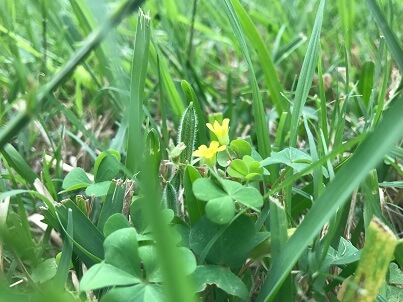
Grasscutters can also be fed with supplements including grower mash concentrate, pellet and salt lick. Grasscutter can be fed twice or thrice per day. Clean and cool water must be provided always and mouldy feeds must be avoided at all cost.
It's one thing to read about grasscutter farming and it's another thing to see how grasscutter farming is actually done. We have grasscutter farming video tutorials that will show you how to start a profitable and successful grasscutter farming business.
Some of the things our grasscutter farming video tutorials will show you are:
- The breed and types of grasscutters to use in starting your farm
- How to feed your grasscutters
- What to feed your grasscutters with so that they grow big
- How to build houses for grasscutter farming
- How to ensure your grasscutters don't fall sick
- How to grow (double and triple) the number of grasscutters on your farm
- How to prevent disease outbreak on your farm
And so much more!
If you want to have a successful and profitable grasscutter farm and you want to know the things you must do as well as the things you shouldn't do, then you need to watch our grasscutter farming video tutorials. Click here to learn how to signup to watch our grasscutter farming videos.
Also, if you're ready to start your grasscutter farming business and you want to get a breakdown of costs, profits you can make and grasscutter business analysis then you can get our grasscutter farming business plan.
Our grasscutter farming business plan will show you how to start your grasscutter farm with 8 grasscutters and grow it to over 100 grasscutters in 3 years. It will show you the breed of grasscutter you should start with, how to run the business, profits, cash flow and balance sheet for 5 years of operations and so much more!
For a payment of $13 or N20,000 you can get our grasscutter farming business plan, e-book and one month's access to our online grasscutter farming training
You can make your payment online here.
To make your payment for our grasscutter farming business plan and grasscutter farming online trainingvia bank transfer, send a mail to agsolutions@agricdemy.com or call/chat with us on +2348089864121.
You can also get your grasscutter colonies from us too. We supply grasscutter colonies to farmers across the country
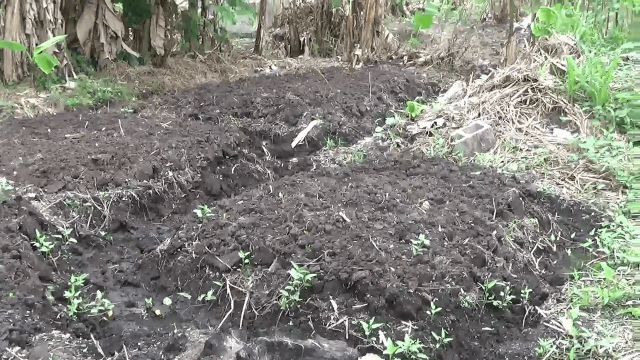

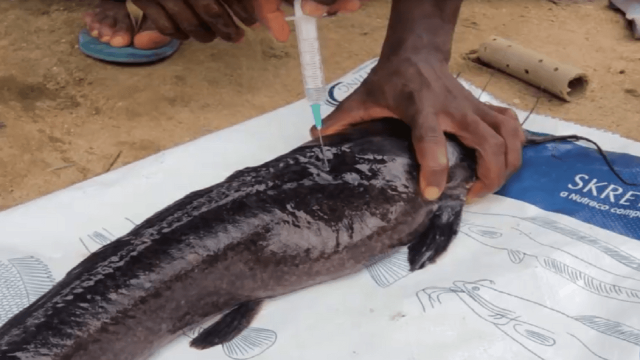


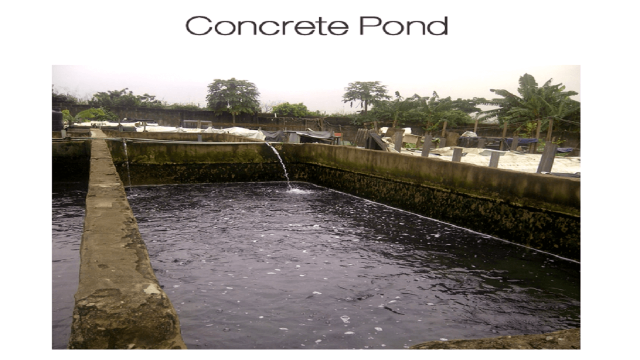
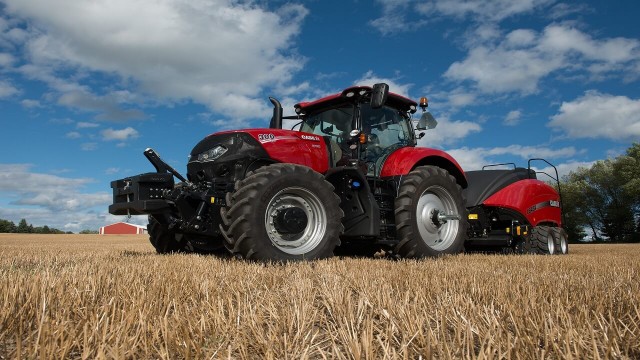
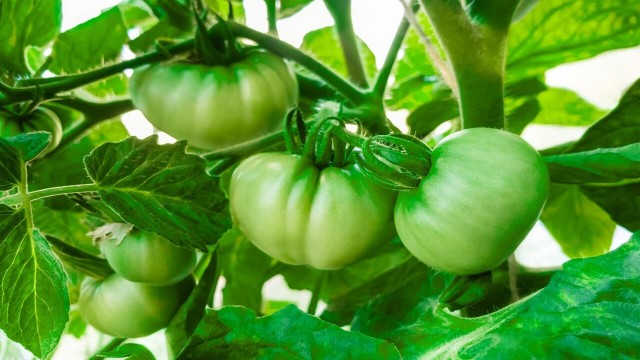

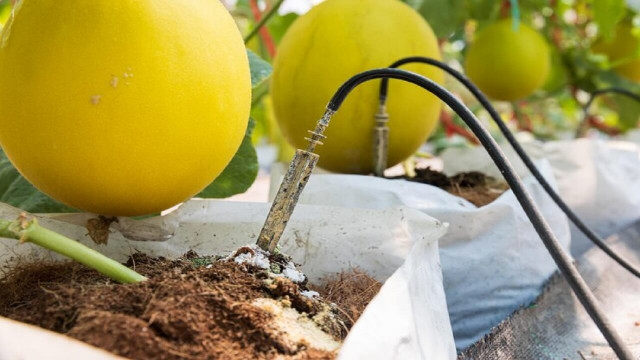
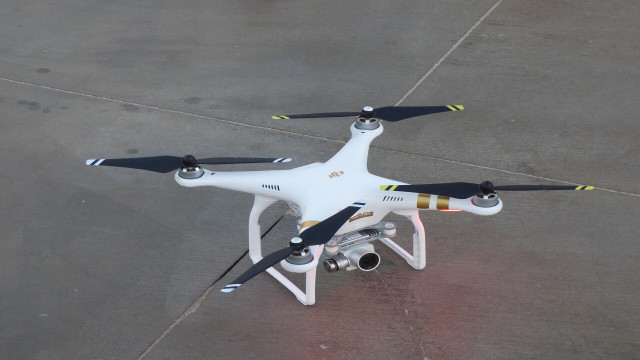

Share This Article: